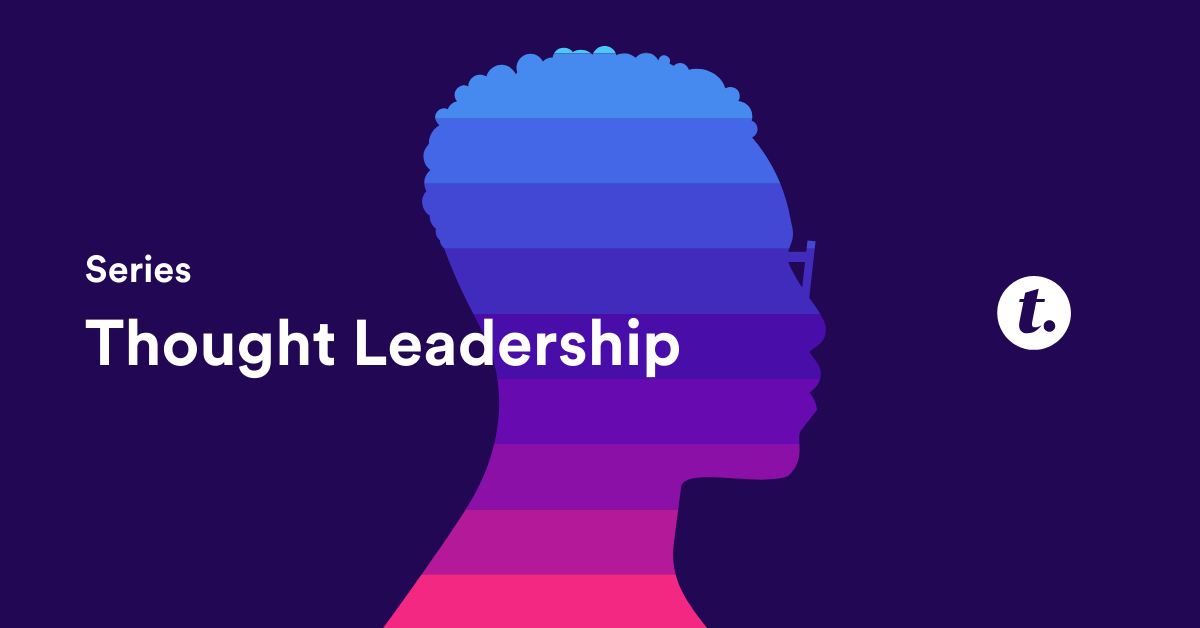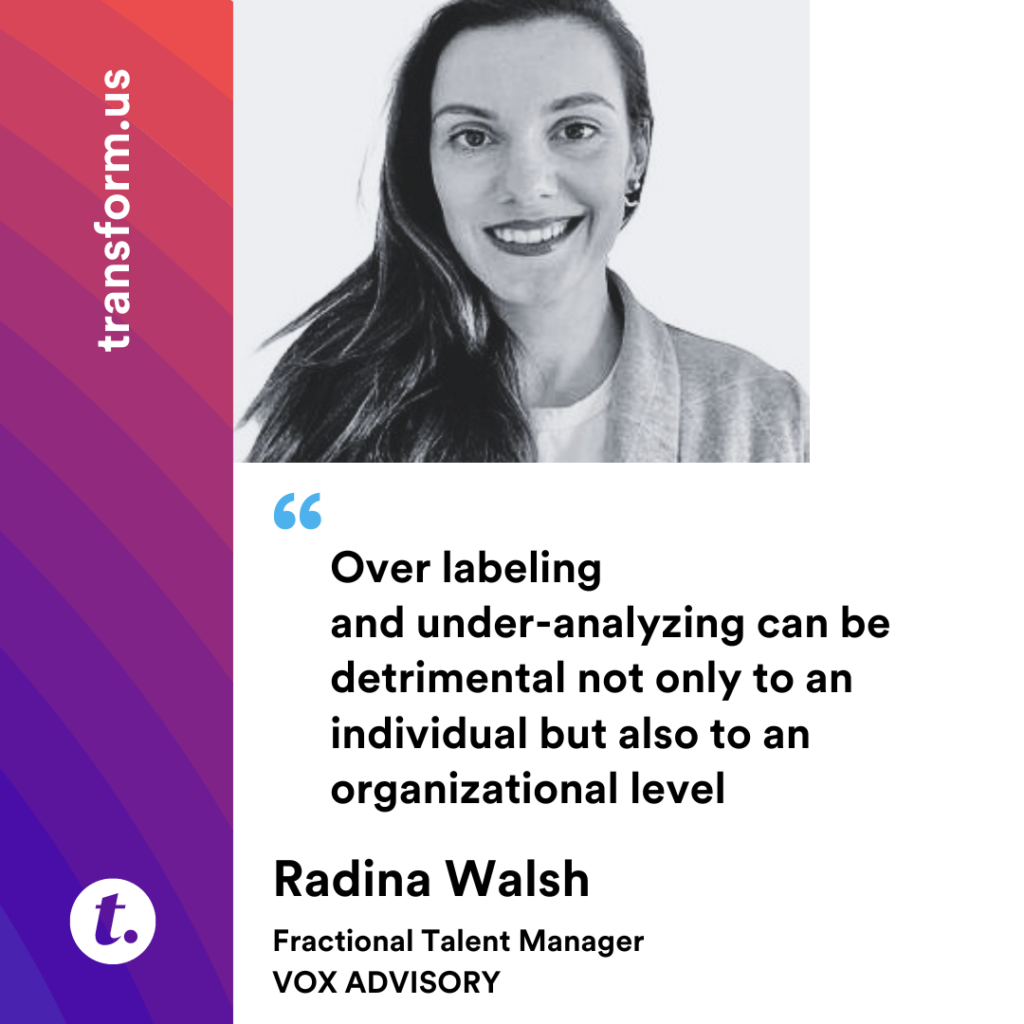
The advisor can come as an influential strategist and can be seen as an influential intruder. Establishing trust when everyone knows you are joining for a limited amount of time and not “exclusively” dedicated to the company can be a massive obstacle, especially when the goal is to drive positive change. This is the first of a blog series dedicated to the grind and learnings of a Fractional People and Talent Advisor, and the goal is to bring more awareness not only to successful projects but to the challenging scenarios, relationships, and initiatives that shape us as thoughtful and proactive business consultants.

Introduction
It has always been the norm that each new generation is labeled as “worse” than the previous one regarding competencies like productivity, self-organization, motivation, discipline, etc. In the last years (mostly since the Internet revolution), the discussion around how generations differ and, ultimately, finding optimal ways to work together through a multigenerational approach has reached new heights – with companies struggling to find the right talent and people struggling to find the right companies. I have noticed this ongoing dilemma in nearly every company I have consulted in the last five years, regardless of size, growth stage, location, and culture. This phenomenon made me think that over-labeling and underanalyzing can be detrimental not only to an individual but also to an organizational level.
Are Gen Z (1997-2012) really “lazy, fragile, and privileged,” or have our expectations of how we work not changed much since Ford invented the 9-to-5 schedule in the 1920s? Do Millennials (1981-1996) prefer a remote-only option, and are Gen X (1963-1980) “less adaptable and skeptical”?
Company Background
One particular project was quite insightful in finding answers to the questions and theories I had about the generations at work. It was a six-month assignment for a rapidly growing startup in the Middle East that had ambitious goals to expand its team internationally. The team was reaching 100 people in predominantly junior-level roles, with 85% between 20 and 25 years of age. The request was quite broad as the C-level wanted to work on multiple activities simultaneously, so my focus areas included improving their hiring and talent retention, introducing more efficient and human-oriented processes, upskilling the team, and, most importantly, enhancing the employee experience. The last topic could be a top priority for an in-house HRBP for at least half a year; however, an advisor has much more limited time to provide the necessary impact or change and set things in motion.
Identifying the Problem
Despite the strong brand, financial backup, and growth opportunities, several challenges were identified at the beginning related to lack of people management experience (considering that 95% of the C-suite was < 30 years old), focused effort (presence of multiple distractions and tasks with little to no follow up), and alignment of expectations between the employees and the executives. These gaps became evident through the chaotic communication flow, attitude towards certain issues, e.g., replacing specialists who leave shortly after joining the organization, and commitment to revisit the non-practical processes together as a team. Everyone was busy working on the vision, which meant deprioritization of day-to-day management, onboarding discrepancies, and a complete lack of time for learning and development.
Introducing an external talent advisor while scaling the business initially brought more questions and friction than relief, particularly among the more tenured staff, who seemed threatened and negative. Another phenomenon that is also worth mentioning is that there was a significant difference in how the junior and senior experts welcomed me.
Goals and Objectives
Hiring 20 people every month can be quite substantial for a team of 100 in 5 countries, especially when you have two freshly graduated specialists tasked with everything recruitment and talent-oriented. Their KPIs were solely focused on the number of successful hires, and no further support was introduced, which meant they had to learn to work with the CRM/ATS and track progress through an Excel sheet. This amount of manual work with limited guidance had taken a toll on the small team. My goal was to train them properly and help them build confidence to influence decisions and champion the company’s mission. Working with different stakeholders required a thoughtful and proactive approach, which was quite new to them when most of their time was dedicated to administrative work and interviews.
Additionally, having an immature HR function resulted in not having a POC for any career, work-related, or personal challenges since the line managers were completely swamped. The objective was to ramp up the team and introduce new ways of coping with the workload through targeted training, upskilling, and coaching on the go. In an ideal world, these could be achieved by leveraging different experts’ know-how over a period of time and continuously measuring the ROI of such initiatives. In our case, we aimed to optimize the process while mitigating risks related to lack of satisfaction and happiness. The metrics were simple – retention rates, employee survey scores, and anonymous feedback. 
Freepik.com
Your Approach
Being clear about my strategic role, albeit with limited authority, and introducing myself to as many people as possible seemed the right approach to avoid further worries about why I was there. Oftentimes, an advisor needs to focus solely on the strategy with the leadership team; however, I believe in adopting a holistic approach that allows me to understand the interactions from top to bottom and bottom to top. Additionally, the cultural context significantly influences how people behave and do business in the Middle East, where everything is based on personal relationships and an understanding of the power dynamics.
The first step was to sit down with each decision maker by department and region to hear their perspectives, ideas, and struggles before speaking with their employees. What you can achieve when you offer a listening ear is fascinating. It quickly became apparent that most people have never received formal or informal guidance, constructive feedback, or coaching. The expectations were that “the bosses” should provide all these by default. The specialists considered it was their leads’ role to look after them, support their growth, and show appreciation and gratitude regularly. Instead, they were receiving rather negative comments, skeptical opinions about introducing new tools, and limited opportunities to be flexible (e.g., working from home a couple of days a week). These ongoing frustrations resulted in decreased motivation and performance, a sense of being overwhelmed, and skyrocketing levels of burnout. For those who didn’t immediately leave, it was hard to return to the office and be inspired by the expansion since the human element was missing.
On the other hand, the executives expected their teams to always come up with ideas, be proactive problem-solvers, and figure things out on their own because “micromanagement is not something we enjoy.” They blamed the poor retention rates on laziness, lack of discipline, and inability to prioritize, which explained why the initial request was around providing more training to equip the teams with the skills to keep them productive and engaged.
The first half of the project involved gathering data through an anonymous questionnaire, 1to1 interviews, and facilitating a couple of group sessions in the form of All Hands (it was the very first time this was organized and led by the C-suite to inform people about the ongoing progress and business updates). My initial observations that most internal problems stem from the leadership style and approach to run towards the end goal, regardless of the cost, were reconfirmed. The communication challenge between the different levels and generations was the most significant pain area that required fixing and upskilling since it was the root cause of all operational and people-related issues.
Naturally, the second part was dedicated to building bridges and scalable practices to support each side more effectively by reinstating mechanisms that are helpful to each generation. These included ongoing Team Office Hours and Meetups for the departments to share wins and challenges, new Slack channels to show gratitude, a Wiki with resources around mental health, burnout awareness and prevention, and standardized Onboarding through leveraging their internal tools and apps. We created a Training schedule that can be mandatory depending on the seniority and business needs, but it was available to everyone who want to enhance their personal career path.
Outcomes and Learnings
Most points of my final report were not surprising to the leadership board, even though they needed to be addressed in the beginning when we started working together. I had prepared an audio and visual file, walking them through the last six months and providing the recommendations I have for the future. One follow-up leadership training I recommended was the concept of Empathic Concern, which could support rebuilding the relationship between the employees and the managers. It was great to see that small tweaks in the daily routine and some fresh ideas around communication quickly brought a sense of relief, happier faces in the office, and appreciation of what the company does. Even though the fast-paced environment continued to exert pressure and demand for results, the teams were visibly invigorated, and generational silos were less impactful. The end survey backed these observations, and people came to share their impressions openly without being asked to.
Your Key Reflections
Often, it is difficult for people to address the real elephant in the room. As advisors, our role is not to change behavior or expectations but to support growth and awareness on individual and team levels. We must wear many hats and switch gears unexpectedly to act as psychologists, personal coaches, and business owners when the project requires; however, understanding our boundaries and abilities can be critical for overall success. Therefore, recommending alternative options like specialized support, hiring a permanent Head of People, or delegating tasks to the rest of the team should not be a last resort – it may come early despite taking the risk of losing the project.
Conclusion
This assignment was incredibly beneficial for my learning and journey as an advisor – no matter how well-prepared you are, or how bulletproof your action plan may look like, change happens at every corner. People relations are complex, perception of how business is done varies from person to person, and the lack of proper communication can be detrimental to everyone’s motivation and career. It is a great lesson about the importance of taking a step back to listen, understand, and adapt to preserve your organization.
About The Author

Radina Walsh is an Organizational Psychologist, Global Talent Advisor, and Business Lecturer with a diverse background and 14+ years in Executive Search and in-house Talent roles. She has worked at Fortune 500 companies like LinkedIn and Airbnb before founding her remote consulting firm Vox Advisory.
Her expertise covers all critical elements within recruitment, onboarding, training, and employee experience. She has been on the advisory boards of several emerging startups and partners with international SMEs to develop their People and Talent strategy. Radina is also a course creator on a mission to repair the bridge between Companies and Talent through the right human-oriented practices. Connect with her in the Transform Community or www.vox-advisory.com
Join us in engaging conversations and community as we transform the now and next of work together at Transform 2025.
